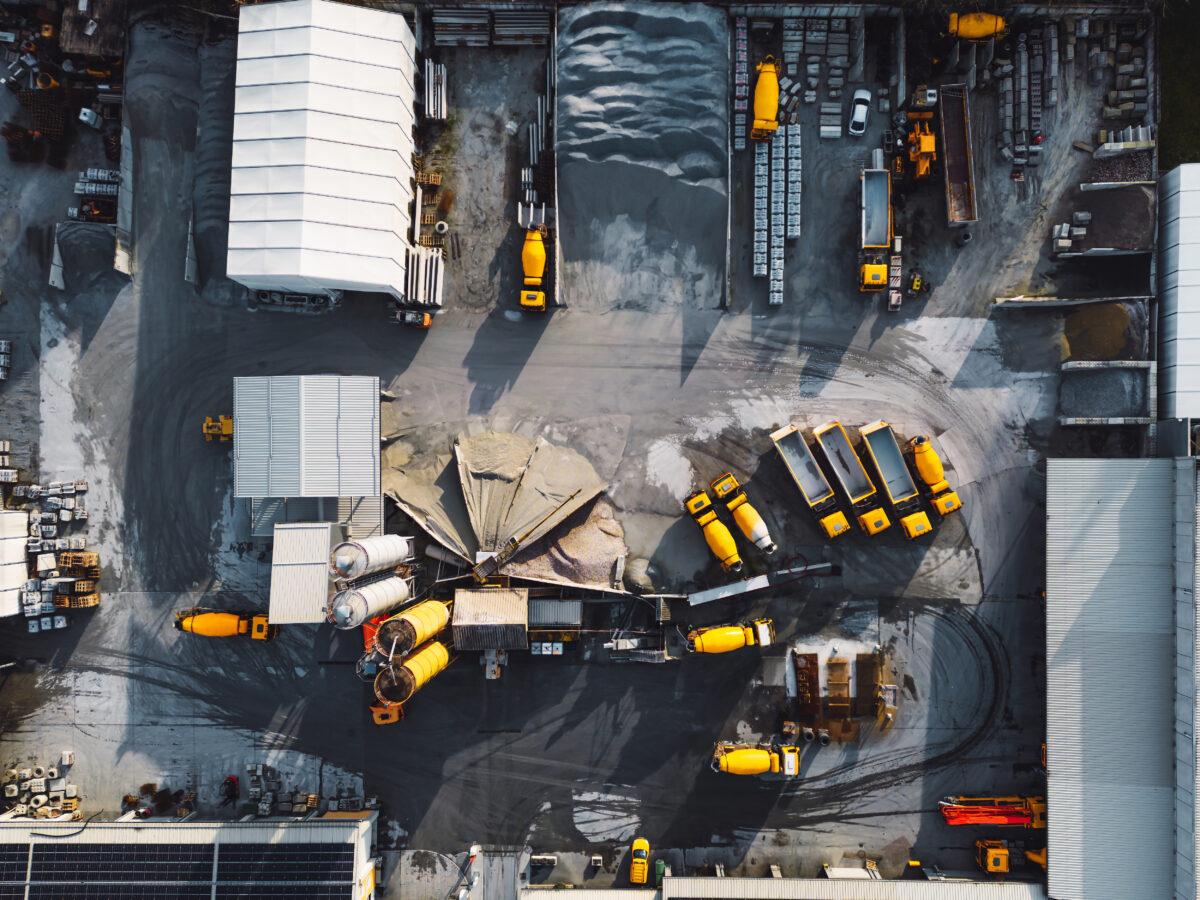Real-Time Locating Systems (RTLS) have become essential in modern industrial environments for tracking and managing the real-time locations of personnel, equipment, and assets.
RTLS is used in a wide range of settings—including hospitals, warehouses, manufacturing plants, and smart buildings—playing a key role in improving operational efficiency and preventing safety incidents.
One of the advanced features of RTLS is geofencing.
Geofencing goes beyond simple location tracking by creating virtual boundaries that automatically detect events such as entry, exit, or dwell time within a defined area.
It can trigger alerts or actions based on these events, enabling smarter, location-aware operations.

What is a Geofence?
Geofence is a combination of the words “geo” (geography) and “fence,” referring to a virtual boundary defined over a specific geographic area. It doesn’t physically exist but is digitally created within software—for example, as a circular zone with a 10-meter radius or a custom-shaped polygon.
In an RTLS system, geofences are used to continuously monitor the position of tracked objects relative to these virtual boundaries. When an object crosses a geofence, the system can automatically trigger predefined events.
RTLS typically determines geofence events based on the coordinate data of tagged targets (people, equipment, or assets).
Common types of geofence events include:
- Enter: When an object enters the geofence area
- Exit: When an object leaves the geofence area
- Dwell: When an object stays within the geofence for a certain period of time
These events can be used to generate real-time alerts or trigger automated actions by integrating with control systems.
How does geofencing work in RTLS?
Geofencing in RTLS is composed of hardware-based location measurement and software-based event logic.
Here’s how it works:
- Real-time location data is collected using wireless technologies such as BLE, Wi-Fi, RFID, and UWB. UWB is preferred in environments that require high-precision geofencing, as it offers centimeter-level accuracy.
- System administrators or operators define specific zones within the software based on coordinates. This can be done on CAD drawings or floor plans, or by directly dragging zones within the system UI.
- RTLS software calculates whether the current position of the target is within the defined geofence zone. It quickly determines whether the object’s coordinates fall inside the area using polygon detection algorithms.
- Predefined actions are executed based on whether the object enters, exits, or dwells within the geofence. For example, the system can trigger an alarm, send a notification to the administrator, or connect with physical systems such as automatic door control or production line activation.
Key Use Cases
1. Manufacturing and Industrial Sites
In manufacturing, both safety and productivity are critical—making geofencing highly valuable.
For example, alerts can be triggered when a worker enters a restricted area.
Autonomous mobile robots (AGVs) can also be configured to receive the next task command automatically when they pass through a specific geofence.
2. Warehousing and Asset Tracking
In logistics centers, geofencing can alert staff when high-value assets or pallets leave designated zones, or automatically process outbound shipments.
This helps prevent inventory loss and enables automation of asset movement.
3. Healthcare Facilities and Elderly Care
Patient safety is a top priority in hospitals and care homes.
Geofencing can be used to trigger automatic alerts or lock doors when a dementia patient attempts to leave the premises.
It can also send inspection requests automatically when medical equipment enters a specific ward.
4. Smart Offices and Smart Buildings
Geofence-based access tracking enables features like automated meeting room booking, lighting/climate control, and restricted area detection.
For instance, when a staff member arrives at a meeting room, lights can turn on automatically and the reservation can be confirmed.
Technical Considerations for Implementation
The successful implementation of RTLS-based geofencing requires consideration of the following technical factors.
- Location Accuracy : UWB-based RTLS provides centimeter-level precision compared to BLE, making it suitable for environments that require high-precision geofencing.
- Event Latency : If real-time alerts are the goal, response time should be within a few seconds. Otherwise, the alerts may lose their effectiveness.
- Geofence Configuration Usability : The UI/UX should be intuitive, allowing administrators to flexibly create and modify geofences based on site conditions.
- Integration with Event Handling Systems : RTLS detects events, but integration with external systems—such as alert notifications, automatic doors, or ERP—is essential for full automation.
- Overlapping Zone Management : When multiple geofences overlap or intersect, priority rules and event handling logic must be clearly defined.
Conclusion
The geofencing feature in RTLS goes beyond simple location tracking—it’s a core technology that enables event-driven smart environment control.
By detecting physical movement in real time and integrating with automation systems, it enhances both operational efficiency and safety in industrial settings.
RTLS and geofencing will continue to evolve into more advanced and intelligent forms across industries such as manufacturing, logistics, healthcare, and smart buildings.
They will naturally integrate with technologies like digital twins and AI-driven automation, delivering even more powerful location-based intelligence.